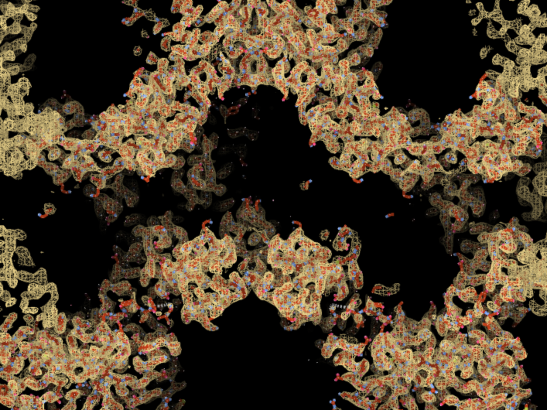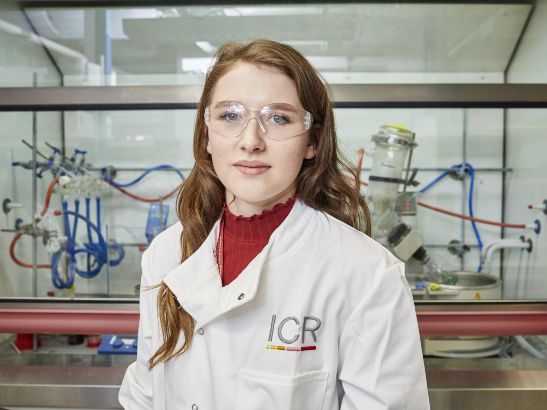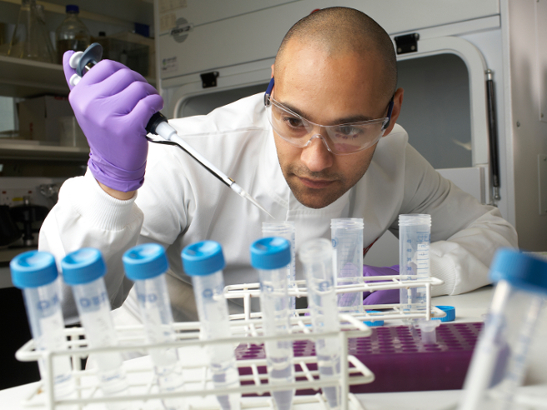Structural Biology of Cell Signalling
Dr Sebastian Guettler’s group is researching the ways in which certain enzymes, known as ADP-ribosyltransferases (ARTs), control cell function.
Professor Sebastian Guettler
Deputy Head of Division:
Structural Biology of Cell Signalling.jpg?sfvrsn=4c485212_1)
Professor Sebastian Guettler is Deputy Head of the Division of Structural Biology. He studies the precise molecular mechanisms of signalling processes central to cancer stem cell function, with a particular interest in Wnt/β-catenin signalling, telomere length homeostasis and their regulation by ADP-ribosylation. He has a long-standing interest in understanding tankyrase, a poly-ADP-ribosyltransferase with roles in both Wnt/β-catenin signalling and telomere maintenance.
Researchers in this group
 .
.
Email: [email protected]
Location: Chelsea
I completed my MChem at the University of York in Chemistry, Medicinal and Biological Chemistry, with a year in industry, where I worked at UCB Pharma, in the Medicinal Chemistry department. My Masters project was on a drug discovery project in peptide therapeutics. After this, I completed a 10-week internship in organic chemistry at AstraZeneca. I then worked as a Junior Medicinal Chemist for a year, at Autifony Therapeutics, working in CNS drug discovery. For my PhD, an MRC iCASE-funded project, I aim to develop small molecules targeting the telomeric Shelterin complex, jointly in Sebastian Guettler's and Swen Hoelder's groups at the ICR, with Merck as our industry partner.
 .
.
Phone: +44 20 3437 6624
Email: [email protected]
I graduated from the University of Southampton, with an integrated Master’s in Biochemistry (MSc). For my bachelor’s project, I investigated the effects of reactive oxygen species and vitamin C on S100A9 aggregation in Alzheimer’s disease. For my Master’s project, I investigated the functional importance of Snap29 for mitosis in Drosophila. For my PhD, I study the molecular mechanisms of telomere maintenance.
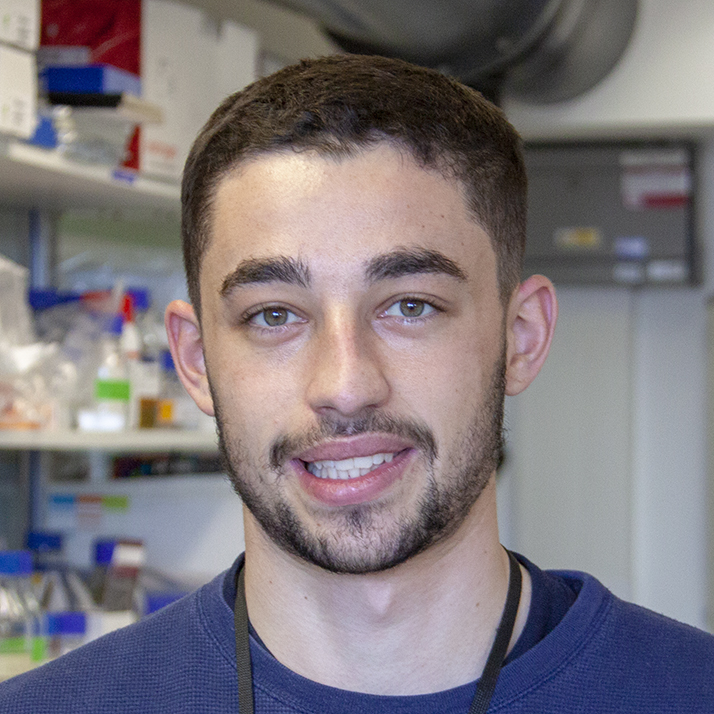 .
.
I graduated from the University of Manchester, with a BSc in Biochemistry with industrial experience (IE). I spent my IE at Mayo Clinic in Jacksonville, Florida, investigating mitochondrial dysfunction in disease. In 2020, I joined the Guettler lab to study how tankyrase regulates Wnt/β-catenin signalling utilising genetic techniques. I completed my PhD in the end of 2024.
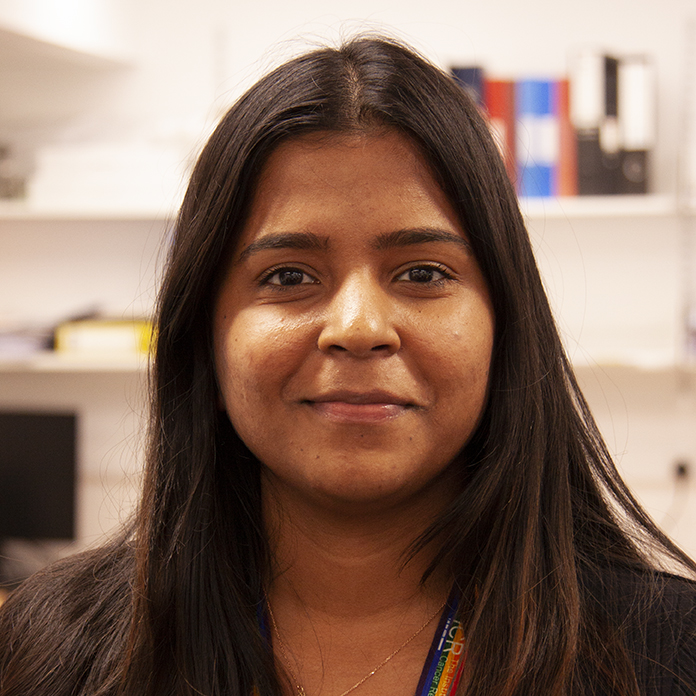 .
.
Email: [email protected]
Location: Chelsea
Oviya studied Biotechnology during her undergraduate degree at SRM University, India. She then completed her PhD in Professor Sara Sandin's lab at Nanyang Technological University, Singapore. Oviya joined the ICR as a postdoc in 2019 and is currently studying the function of tankyrase at telomeres.
 .
.
I completed my BSc degree at the University of West Indies (UWI), in Kingston Jamaica. I then pursued an MSc degree at the University College London (UCL), where I characterised a novel cause of Silver-Russell Syndrome in the lab of Professor Gudrun Moore. Subsequently, I ventured off to Zürich, where I joined the lab of Professor Ulrike Kutay at the Institute of Biochemistry, ETH Zürich, as a PhD student. My PhD research identified mammalian inner nuclear membrane proteins that majorly contribute to the establishment and the maintenance of 3D genome architecture, and the resulting biological consequences when this organisation is perturbed. I joined the Guettler Lab as a Postdoc in October 2025, and my work involves investigating the molecular mechanisms of tankyrase, particularly in Wnt/β-catenin signalling and telomere length homeostasis.
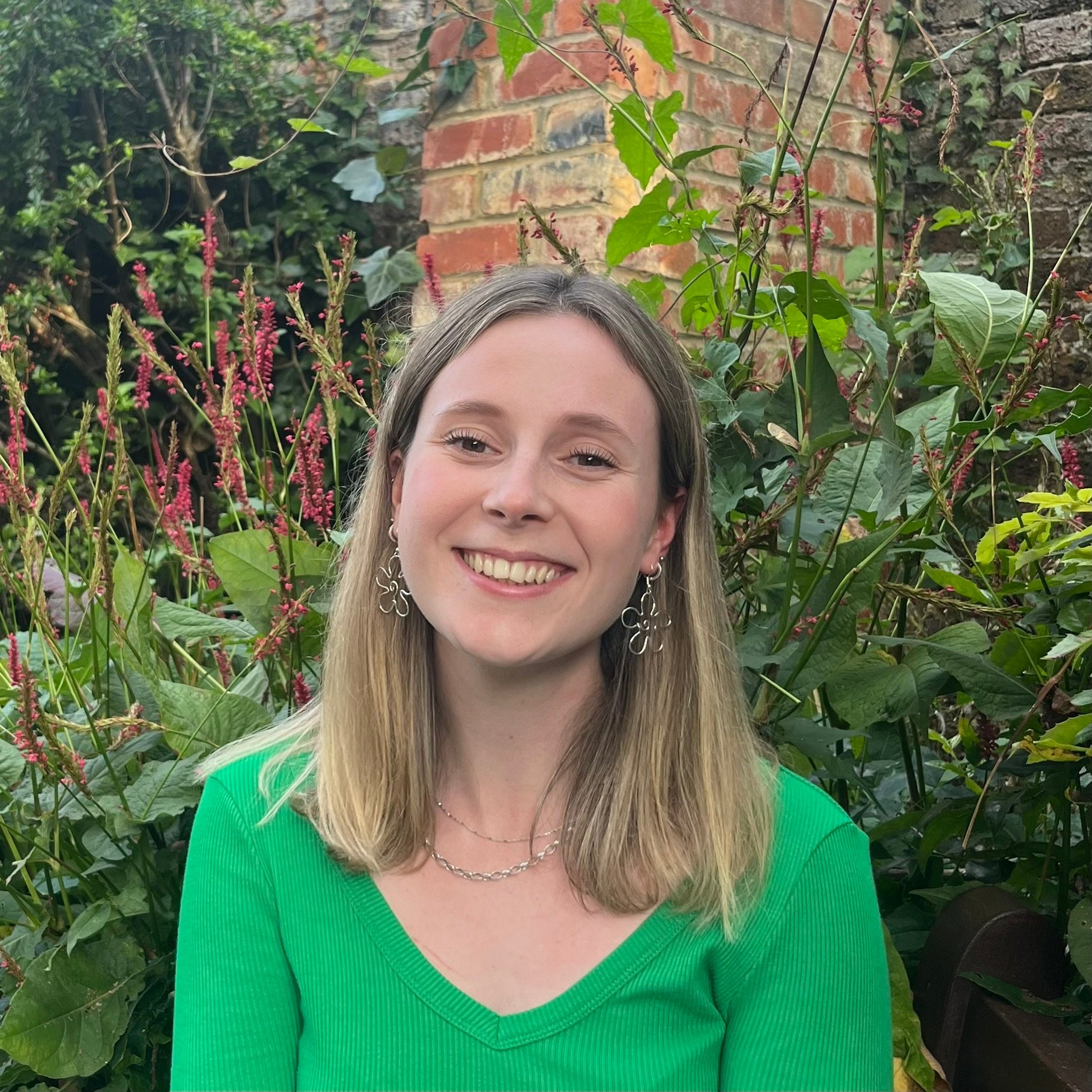 .
.
Katy completed her MChem degree at Durham University in 2023, where her final-year research project focussed on the application of peptidomimetics to generate novel therapeutics for Alzheimer's disease. At the ICR, she's working on a collaborative project with Professor Sebastian Guettler and Professor Swen Hoelder, developing novel scaffolding inhibitors of tankyrase.
.jpg?sfvrsn=99b8ef9b_1) .
.
I completed my B.Tech in Chemical Engineering from Anna University in Chennai, India, in 2013. Following my interest in sustainable bioenergy, I pursued an MRes in Sustainable Bioenergy at the School of Biosciences, University of Nottingham, UK, from 2014 to 2016. During my time there, I had the opportunity to intern at the Flow Cytometry Facility based in Queens Medical Centre in Nottingham, which inspired me to pursue higher research studies in basic science. Motivated by my newfound passion, I embarked on a PhD in the prestigious Max Planck Research Group, based at the Malopolska Centre of Biotechnology in Krakow, Poland. My doctoral research focussed on unravelling the mysteries of an ancient ubiquitin-like protein (Urm1) conjugation mechanism called urmylation. To investigate its function, I employed crystallography, mass spectrometry, and biochemical assays, successfully deciphering the intricate workings of urmylation. In May 2023, I joined the Guettler lab to study the molecular mechanisms of the Wnt/β-catenin signalling pathway.
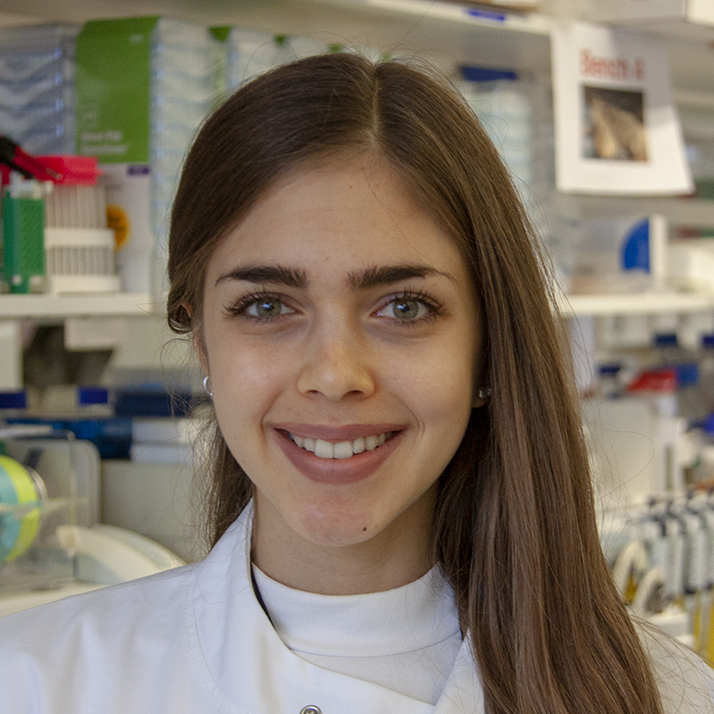 .
.
I completed my Bachelor's degree in Molecular Biology and in Public Health at Erasmus University College (Rotterdam, NL), during which I did a summer internship at Karolinska Institute (Stockholm, Sweden) in the field of cancer biology under an Amgen fellowship. I continued with my studies at Imperial College London (UK) in Molecular Basis of Human Disease. Throughout the two projects of my Research Master's degree, I studied (1) the effect of histone acetylation on chromatin remodelling and (2) the structure and function of a lipid-binding phosphatase. In Sebastian's lab, I am studying the molecular mechanisms of Wnt/beta-catenin signalling.
 .
.
Dr Vasundara Srinivasan obtained her PhD in Biochemistry from the University of Georgia, USA in the lab of Prof B.C. Wang. She next joined the lab of the Nobel Laureate Prof Hartmut Michel at the Max Planck Institute of Biophysics, Germany to work on membrane proteins, G-protein coupled receptors (GPCR) and transporters, focussing on mitochondrial ABC transporters in collaboration with Prof Roland Lill. As a project leader at the VIB, Brussels, Belgium, she used nanobodies as chaperones for the crystallisation of GPCRs. She headed the crystallisation facility at the University of Marburg before joining the lab of Prof Christian Betzel at DESY, Hamburg to work on the structure-based drug discovery of proteases involved in the replication cycle of SARS-CoV-2. She joined the lab of Prof Sebastian Guettler at the ICR in January 2025.
Professor Sebastian Guettler's group have written 29 publications
Most recent new publication 4/2025
See all their publicationsResearch, projects and publications in this group
ADP-ribosylation is a post-translational modification carried out by ADP-ribosyltransferases (ARTs), which transfer ADP-ribose from NAD+ onto substrates. ADP-ribosylation controls many aspects of cell function, including DNA repair, cell division, telomere maintenance, chromatin dynamics, apoptosis and various signal transduction processes. Given their roles in DNA repair, telomere homeostasis and cancer-relevant signalling pathways, several ARTs are being explored as potential cancer therapy targets.
In humans, the family of intracellular ARTs encompasses 17 members with similar catalytic domains but greatly diverse non-catalytic accessory domains. Different catalytically active ARTs can either transfer a single unit of ADP-ribose or attach ADP-ribose processively, thereby constructing poly(ADP-ribose) (PAR) chains, which can be of varying length and structure. Enzymes in the latter group are known as poly(ADP-ribose)polymerases (PARPs). Compared to other types of post-translational modification, such as phosphorylation, PARylation remains understudied.
We take a particular interest in the PARP enzyme tankyrase, which fulfils a wide range of biological functions, many of which are relevant to cancer. The human genome encodes two highly similar tankyrase paralogues, TNKS and TNKS2. Both share a C-terminal catalytic PARP domain, a set of five N-terminal ankyrin repeat clusters (ARCs) responsible for substrate recruitment, and a polymerising sterile alpha motif (SAM) domain in between.
Our previous structure-function work has revealed the mechanisms of substrate recognition and polymerisation by tankyrase and shown that tankyrase can act as a scaffolding protein, independently of its catalytic function. We now aim to use both X-ray crystallography and cryo-electron microscopy to understand how tankyrase’s various domains act together. Moreover, we work with chemists to develop novel approaches to modulate tankyrase function.
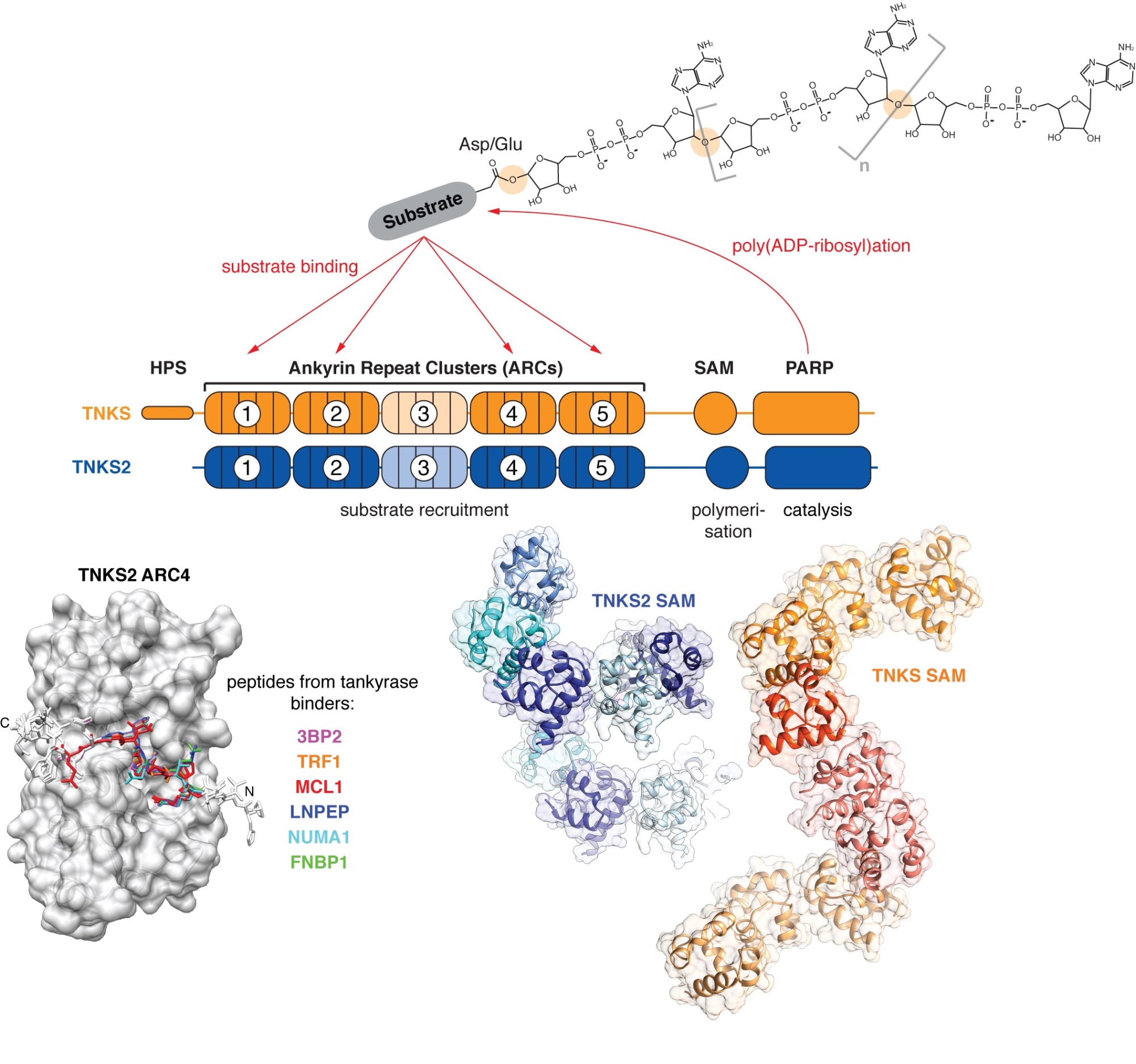
Tankyrase (TNKS, TNKS2) uses its ankyrin repeat clusters (ARCs) to recruit binding partners, many of which are also PARylated by tankyrase’s PARP domain. ARCs recognise degenerate peptide motifs found in many proteins. Our earlier work (Guettler et al., 2011) has revealed the substrate recognition mechanism and explained how the rare human disease Cherubism is caused. The sterile alpha motif (SAM) domain enables tankyrase polymerisation. We have revealed the mechanism of tankyrase polymerisation and shown that both ARCs and the SAM domain polymer fulfil essential scaffolding roles and are required for efficient substrate modification (Mariotti et al., 2016). (Images modified from Guettler et al., 2011; Mariotti et al., 2016 and Pollock et al., 2017)
Molecular mechanisms of Wnt/beta-catenin signalling, telomere maintenance and their regulation by poly(ADP-ribosyl)ation
In a series of projects, we take a reductionist approach to study how large macromolecular complexes coordinate Wnt/beta-catenin signalling and telomere length homeostasis and how they are controlled by tankyrase-dependent poly(ADP-ribosyl)ation. We combine biochemical assays with cryo-electron microscopy and X-ray crystallography to uncover the detailed mechanisms governing the functions of these complexes and their regulation.
Besides uncovering fundamental mechanisms underlying stem and cancer cell function, we endeavour to understand the molecular basis of disease mutations and open up new opportunities for pharmacological intervention.
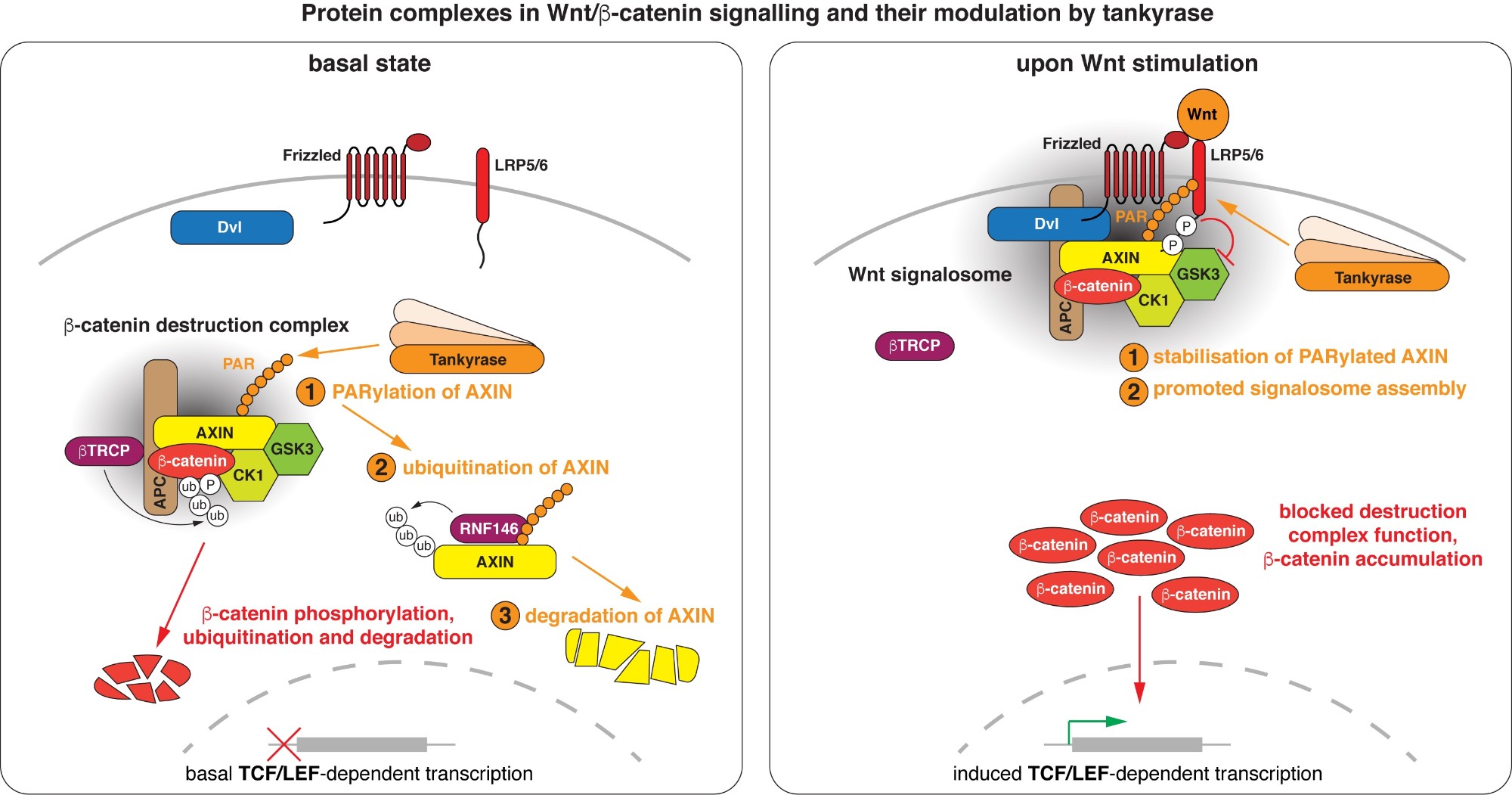
Wnt/beta-catenin signalling revolves around controlling the levels of the transcriptional co-activator beta-catenin. A multi-protein beta-catenin destruction complex captures cytoplasmic beta-catenin and limits its abundance by initiating its phosphorylation- and ubiquitination-dependent degradation. Notably, destruction complex function is impaired in the vast majority of colorectal cancer cases. Wnt stimulation remodels the destruction complex into a membrane-localised “Wnt signalosome” incapable of destabilising beta-catenin. Tankyrase controls the receptiveness of cells to incoming Wnt signals by PARylating AXIN, thereby destabilising the destruction complex or promoting Wnt signalosome formation. (Images modified from Mariotti et al., 2017)
A small number of key signalling pathways collaborate to confer stem-cell properties to cells, and the Wnt/beta-catenin pathway is a prototypic example for such a pathway. Wnt/beta-catenin signalling plays important roles in embryonic development and adult organ homeostasis. It is dysregulated in a number of different cancer types, most prominently in colorectal cancers, the vast majority of which bear mutations in components of the pathway.
At the same time, stem and most cancer cells rely on active telomerase to prevent erosion of their telomeres and maintain their unlimited replicative potential. Recent findings show that Wnt/beta-catenin signalling and telomere homeostasis are closely intertwined at multiple levels and form an integrated self-renewal programme, relevant to normal tissue regeneration, ageing and cancer.
The poly(ADP-ribose)polymerase (PARP) tankyrase both promotes Wnt/beta-catenin signalling and is essential for normal telomere extension in humans, thereby providing an important link between both processes.
Our overarching goal is to understand the precise molecular mechanisms that underlie Wnt/beta-catenin signalling, telomere maintenance and their control by poly(ADP-ribosyl)ation. We have a long-standing interest in deciphering the structural basis and molecular mechanisms of tankyrase function.
We employ biochemistry, structural biology and cell biology to study the molecular mechanisms of Wnt/beta-catenin signalling and telomere homeostasis, with a particular focus on how poly(ADP-ribosyl)ation (PARylation) controls both processes. Besides understanding fundamental mechanisms of cell function, we aim to uncover novel potential therapeutic avenues in cancer.
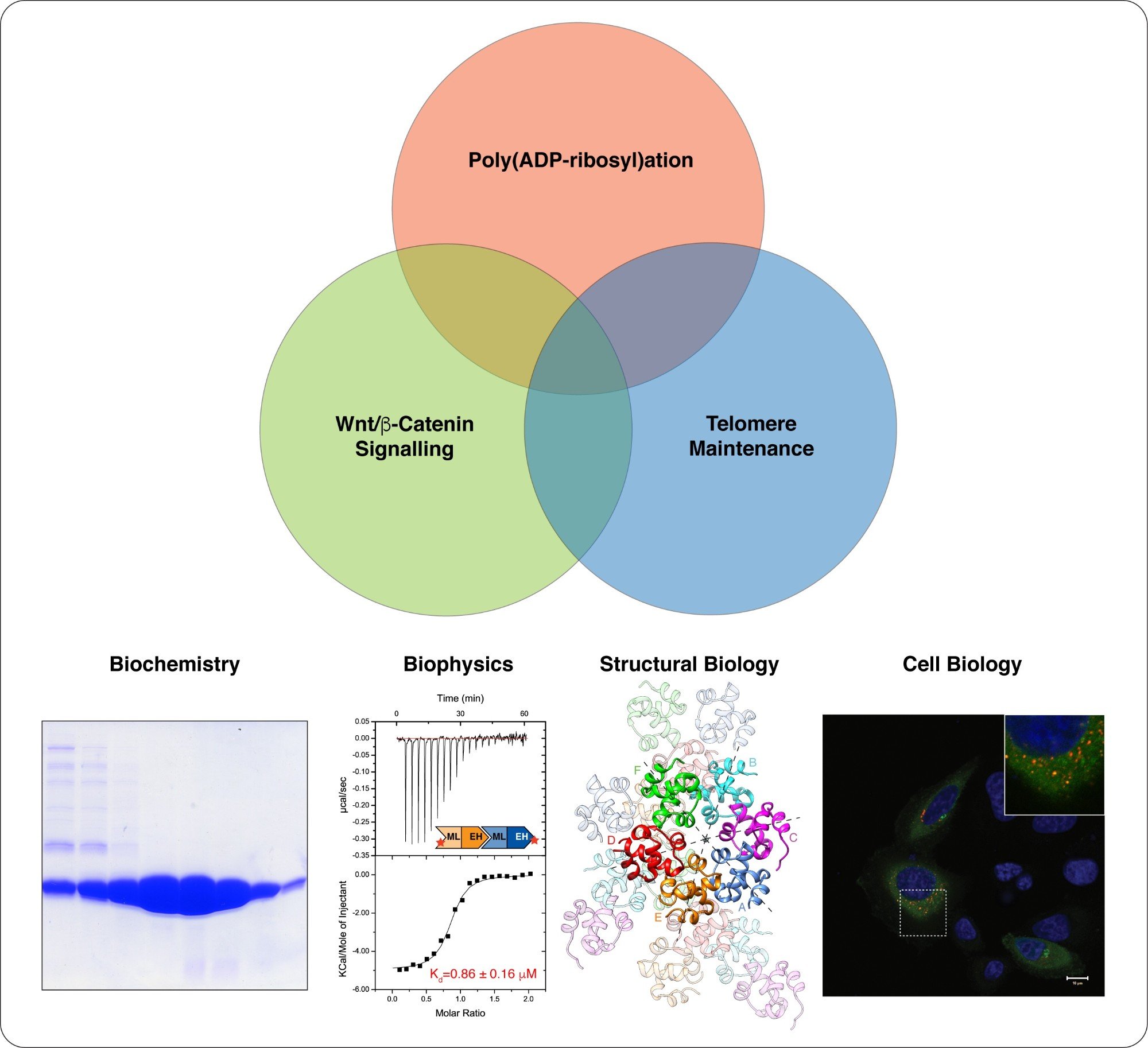
We take a multidisciplinary approach to study Wnt/beta-catenin signalling, telomere maintenance and their regulation by poly(ADP-ribosyl)ation. Structural biology is at the centre of our work. (Images modified from Mariotti et al., 2016)
Vacancies at the ICR
Working at the ICR
Group Leader in In Vivo Cancer Modelling
The Institute of Cancer Research (ICR) in London seeks to appoint a Group Leader in In Vivo Cancer Modelling to play a pivotal role in advancing our cutting-edge cancer research. The position is based at the newly established Centre for In Vivo Modelling (CIVM), part of the Division of Cancer Biology. We welcome applications at both the Career Development Faculty and Career Faculty levels. Key Requirements The successful candidate will generate and employ state-of-the-art genetic and humanised mouse models of cancer to tackle fundamental and translational questions in haemato-oncology and/or solid tumour oncology. In addition to leading a successful research group, they will expand the CIVM's research capabilities and foster productive collaborations with other groups and centres at the ICR, thus promoting in vivo modelling by integrating it into multidisciplinary projects and initiatives. Applicants must have an internationally recognised track record of leading research in in vivo modelling and advanced mouse genetics, demonstrated by high-quality publications and significant funding success. For more junior candidates, an outstanding track record in cancer research, coupled with a compelling research vision leveraging advanced genetic mouse models and clear potential to secure competitive external funding, is essential. As part of your online application you will be required to upload your full CV which will pre-populate your application form, you will also be asked to attach the following documents and failure to do so will mean your application cannot be considered on this occasion: Lists of major publications, achievements, research grants, distinctions. Research plan (five to six pages outlining your current research interests and research programme for the next 5 years) A PDF of a maximum of five key publications, or other research outputs (e.g. patents) that best demonstrate previous productivity You must also complete the personal statement section of the application form in the format of a covering letter including the names and contact details of three academic referees Department/Directorate Information: The ICR is one of the world’s most influential cancer research institutions, with an outstanding track record of achievement dating back more than 100 years. In addition to being one of the UK’s leading higher education institutions for research quality and impact, the ICR is consistently ranked among the world’s most successful for industry collaboration. As a member institution of the University of London, we also provide postgraduate higher education of international distinction. One of the ICR’s key research strategies is to defeat cancer by viewing it as a dynamic ecosystem. We aim to solidify our expertise in state-of-the-art in vivo cancer models to probe these complex cancer ecosystems, discover their underlying biology, and identify new therapeutic targets. The postholder will significantly contribute to driving these strategic priorities. We encourage all applicants to access the job pack attached for more detailed information regarding this role. If you would like to informally discuss this position, please contact Professor Kamil R. Kranc ([email protected]), Director of the Centre for In Vivo Modelling, or Professor Chris Jones ([email protected]), Head of the Division of Cancer Biology at the ICR.
Director of Estates and Facilities
The Role We are looking for an exceptional leader to join the Institute of Cancer Research (ICR) as Director of Estates and Facilities. This is a pivotal role, responsible for shaping and delivering a world-class environment that empowers our staff and students to achieve their organisational and personal goals. Through visionary leadership and a commitment to continuous improvement, you will ensure our services are not only effective but truly outstanding. Key Responsibilities Inspire and develop high-performing teams across Estates Services, Facilities Services and HSEQ ensuring the directorate’s objectives to support the ICR’s mission are achieved - enabling world‑class science through high‑performing infrastructure and services. Lead the creation and implementation of strategies, operating plans, and budgets across all functional areas, aligning with the ICR’s strategic priorities. Embed a culture of excellence and continuous improvement across all areas of service provision. About You A proven senior leader, capable of building effective teams and delivering integrated solutions to complex challenges. With strong influencing skills and the ability to communicate with impact, you will inspire confidence through your personal credibility. Experience operating at senior manager or director level in at least one of the functional areas covered by this role is essential. About the Directorate The Directorate brings together a wide range of professional services functions, including Building & Maintenance, Planning & Development, Site Management and Facilities, and Health, Safety, Environment and Quality (HSEQ). Further Information We encourage all applicants to access the job pack attached for more detailed information about this role.
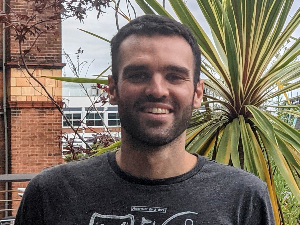
Employee Story
Dr Federico Tidu is a Postdoctoral Training Fellow in Dr Christian Zierhut’s Cancer Biology – Genome Stability and Innate Immunity Team. He and his team are based in our Chester Beatty Laboratories building in Chelsea, Central London.
"Working in Chelsea is great and there’s a very good community here."
Industrial partnership opportunities with this group
Opportunity: Biomarker for CDK4/6 and/or aromatase inhibitor response in breast cancers
Commissioner: Dr Maggie Cheang
Recent discoveries from this group

